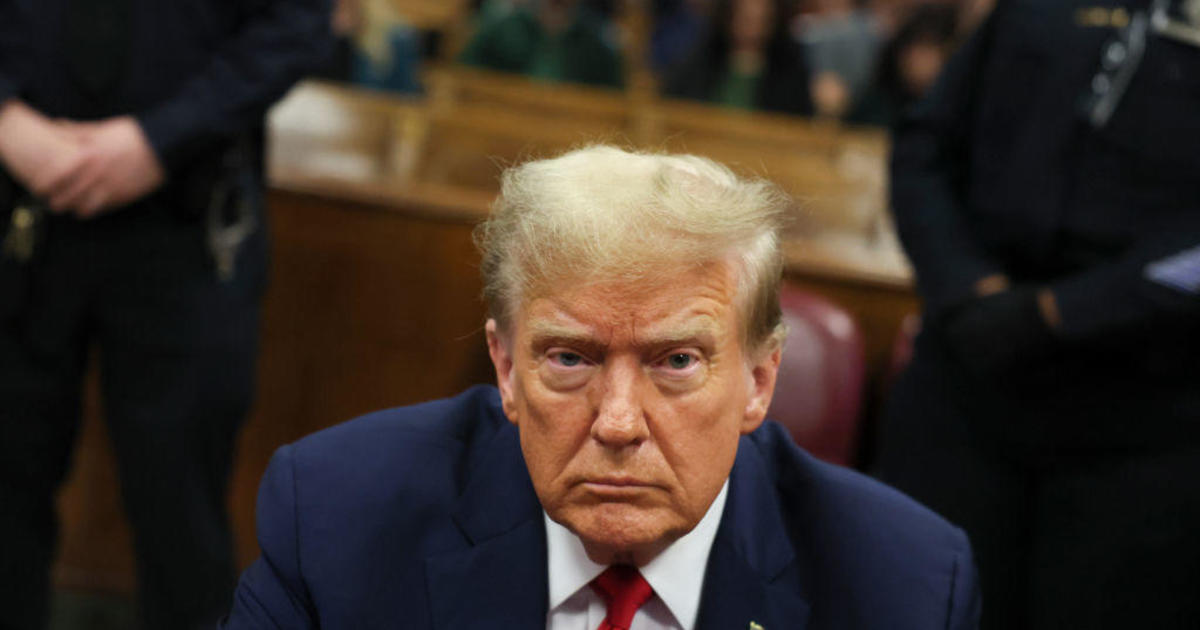Will Trump make college more affordable?
Higher education was an often-discussed topic during the recent presidential campaign.
Bernie Sanders called for free college diplomas akin to the European model. Hillary Clinton wanted a free public college degree for families making under $125,000. Donald Trump wanted to abolish the U.S. Department of Education and privatize student loans.
Now that Trump is the president-elect, what will happen as he transitions from radical candidate to the chief executive? Will he govern as he campaigned?
Trump not only championed scrapping the Department of Education, he said he wanted to “work with Congress on reforms to ensure universities are making a good faith effort to reduce the cost of college and student debt in exchange for the federal tax breaks and tax dollars.”
In addition, Trump said he would “ensure that the opportunity to attend a two- or four-year college, or to pursue a trade or a skill set through vocational and technical education, will be easier to access, pay for and finish.”
However, those positions weren’t accompanied by any funding proposals or details. Would he make community college free or eliminate loans for four-year degrees? How would he support vocational training? How would he pare the cost of college?
What will likely happen in a divided Congress? Certainly no radical changes right away, but it might take some incremental steps to make college more affordable.
“I think the initial changes will be at the local level initially and not higher education,” noted Fred Amrein, a financial planner and expert on college financing.
“He did not say a lot regarding higher ed except that the government makes money on student loans. He was also critical of the endowments. This was an issue that was a problem a few years ago that the endowments were not deploying their funds to lower education cost.”
Although Trump offered no specific proposal on how to cut the student loan costs, he did express some concern on the federal government’s $40 billion profit (in 2013) from its student loan programs.
The only concrete hint at a policy change under Trump was an idea to cap student loan payments at 12.5 percent of annual income for up to 15 years, which is more generous than the present repayment system.
Any streamlining of the federal loan system, which currently has nine repayment options, would be welcome, as would a reduction of rates and easing of terms.
At present, college loans generally can’t be discharged in bankruptcy, and co-signers are often stuck with the payments for life. Plus, the government fails to fully inform borrowers of their myriad options to reduce payments.
College financing is due for a massive overhaul, but like most of Trump’s policy peregrinations, few hard details are available. There are some powerful reasons for the federal government to be in the cost-reduction business and not be a major loan issuer.
Still, what remains is a pressing need to make college more affordable. College costs too much. Students often graduate in deep debt and without degrees.
For-profit colleges have exacerbated the debt problem. The Obama administration had begun to crack down on these institutions only recently. It remains to be seen if a Trump administration will do the same. Remember that Trump’s for-profit “University” is still under investigation by the New York Attorney General. And a separate class-action fraud suit could be heading toward a settlement instead of a trial.
In the interim, don’t wait for Washington to act. It may be a long time before the new government does something meaningful. Here are four ways to reduce the cost of college on your own:
Consider community and commuter colleges as your first choice. These institutions offer tuition at bargain rates, and you don’t have to pay for room and board. That’s a potential savings of $40,000 right off the bat.
Target schools that dole out the most aid. You can search individual colleges for the amount of nonloan aid they offer. Use College Abacus or College Scorecard to find them.
Consider private over public colleges. The conventional wisdom that state schools are less expensive than private universities isn’t always true. Private colleges may have larger endowments and more aid to offer, but you have to press them to spend their often considerable endowments.
Go through the aid process and know your options. Always file the FAFSA form for financial aid, even if you don’t think your family will qualify. Seek merit aid for above-average students, which isn’t tied to financial need. Apply for all available grants and scholarships.
If Trump manages to privatize the student loan program, he would need the cooperation of Congress to do it. Since many members of his own party opposed his candidacy, this will be another test of his dealmaking powers. Keep in mind that the new president will need to create an ecology of cooperation to make any changes in the college financing system. That will be an education in itself.




